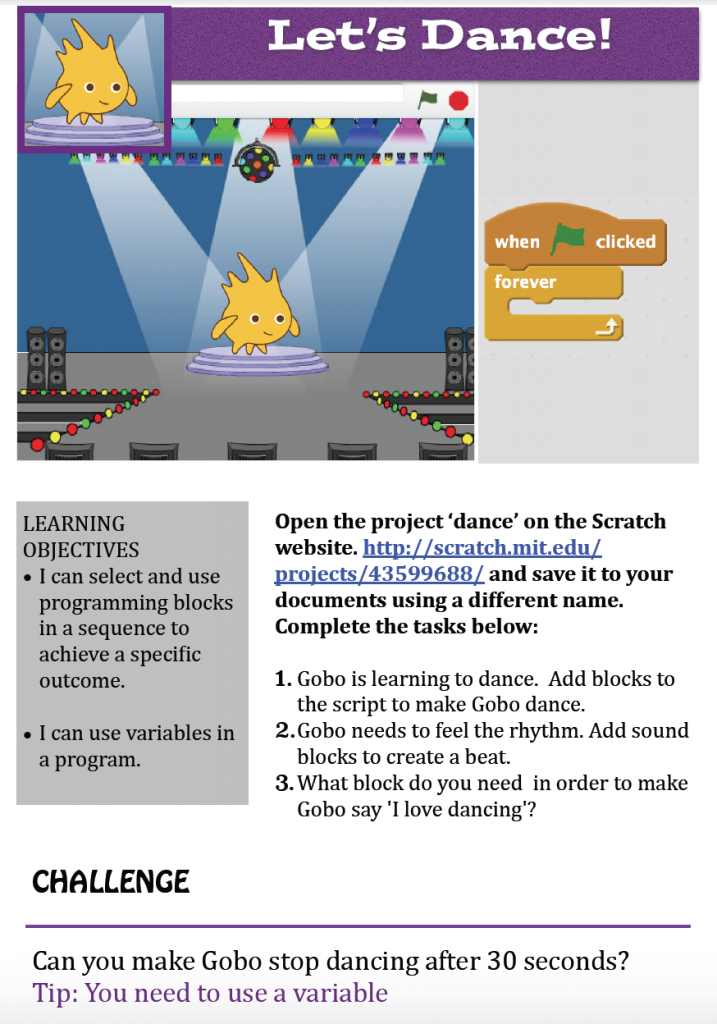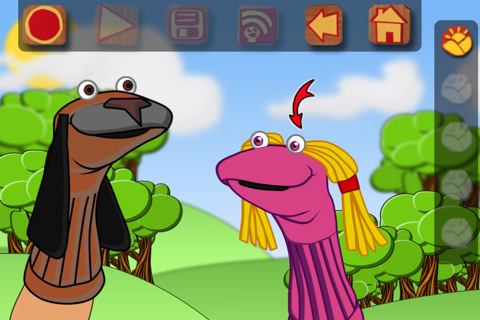In the Beginning
It all Started with a phone conversation.
“Mr. Boll.”
“Yes?”
“This is Tanya, Dr. Koerschan’s secretary.”
“Yes?” Oh gosh, am I in trouble again?
“He would like to meet with you to discuss the most recent Horizon Report and how it relates
to technology at Concordia. As one of the Middle School Tech Coaches, he assumes you
have already read the report and have some thoughts. Can you meet right away?
‘Yes, of course.” I fibbed.
“Mr. Boll, one more thing.”
“Yes Tanya, what is it?”
“Dr. K is the head of school.”
“Yes, Tanya, I think I already knew that.”
After that conversation, I ran off to figure out what this whole Horizon Report was all about. It was very new to me and I wanted to sound like I knew what I was talking about.
THE HORIZON REPORT
In sum, the report finds twelve emerging technologies recognized across three adoption horizons over the next one to five years, as well as key trends and challenges expected to continue over the same period, giving international school leaders and practitioners a valuable guide for strategic technology planning.
The international school version is found here:
http://www.nmc.org/publications/2014nmctechnologyoutlookisa
The Horizon Report teams consists of 40 or so subject matter experts from the various schools and organizations who contribute to the report. We are led through a contribution process via a group wiki ( http://isasia.wiki.nmc.org/Horizon+Topics ) where we review, add ideas and comment on the current trends put up by the Horizon Report editorial team. This is the heart of the process and by far the most interesting. We all waded into the world of digital strategies, enabling technologies, consumer technologies and their relationship to education.
Bringing the Horizon Report To Asian International Schools
After preparing for the meeting and discussing the report, I started exploring the idea of becoming a subject matter expert. Turned out one of our Concordia colleagues, Michael Lambert, was already a member of many years. At his suggestion, I decided to see if I could bring a Horizon report specific to Asian International Schools. The “I” quickly became a “we” when NIST International School in Bangkok, Thailand jumped on board. Ivan Beeckmans, the digital literacy coach there, took the lead for his school.
Thanks to our combined efforts, we managed to pull in a total of eight international schools and four organizations to be part of the process and contribute the brains needed to make it all happen.
The process concluded in the summer and a set of forecasts and predictions was set forth.
The table below highlights the specific predictions and compares them to the predictions of other Horizon Reports from other areas.

Time to Adoption: One Year or Less (Cloud Computing, Gamification, Makerspaces, Mobile Apps)
In China we find cloud computing to be challenging. While there is access to local cloud servers in China, many of the cloud storage systems, such as Google, are blocked. This puts us a bit behind other international schools in the rest of Asia.
Gamification is starting to emerge more in the classroom. Website, ipads and other connected devices frequently offer gaming as part of the learning process. Students greatly value the instant feedback these games provide them.
Makerspaces are becoming more and more common and schools are discussing redesigns to their existing structures to accommodate learning and design centers. Ironically this type of hands on learning was common place in the past with auto shop, woodshop and other similar programs. It fell out of fashion, but is now returning with the emphasis on how tinkering and hands on work contributes to great design.
Mobile apps are very common already and will likely continue to be so.There is a proliferation of mobile apps and at this point, many of us find the choices overwhelming. In time, winners will emerge and the selection may narrow. However, the barrier to entry to create a mobile app is so low, innovative ideas will continue to bubble up.
Time to Adoption: Two to Three Years (3D Printing, Learning Analytics, MOOC, Personal Learning Environment)
Many schools have 3D printers, but they are often rudimentary in their uses. Simple designs such as characters and symbols are the norm. Software support is fantastic, but the more
sophisticated printers are still expensive. This will surely change as prices come down and we find ourselves going from printing cute toys to printing more sophisticated items with moving parts inside.
Learning analytics and personal learning environments are exciting and promising opportunities. Teachers are limited in our ability to truly understand how well each of our
students is doing in more than the broadest sense. A handful of services, such as Khan Academy, provide our students with an adaptive learning experience based on learning analytics. Other apps, such as Exit Ticket allow us to capture student impressions and
thoughts and display them on a dashboard interface where, over time, we can spot trends and patterns with how students engage with assignments and more.
Do you MOOC much? Many of us have heard of a MOOC (Massive Open Online Course); at the outset it seemed as if they would take over education. That reality has not happened (yet?), and the MOOC narrative now talks of very low completion rates. However, with classes
sizes in the hundreds of thousands, MOOC’s do fill a niche and even at an 8% average completion rate, that is still a very large number.
Time to Adoption: Four to Five Years (The Internet of Things, Virtual and Remote Labs, Virtual Reality, Wearable Technology)
Many people, not surprisingly, are not sure what the Internet of things really means. It refers to items such as a thermostats, coffee makers, etc., that will have a connection to the Internet. From a remote location you can tell your heater to turn on, your coffee pot to start, or your child to be less grumpy. Ok, I am kidding about the last one. While I agree this will be a reality, I struggle with how it will be used in the classroom. I am confident, though, people Far smarter than I will find wonderful uses in the way these devices connect.
A remote laboratory would be fantastic. Being able to join a doctor during a surgery or an archaeologist during a dig would bring unforeseen benefits to our students and how they relate to the material they are studying.
We have all likely heard of and thought of virtual reality. Star Trek fans think fondly of the Holodeck that allowed characters to visit any type of location and environment. Taking our students on virtual field trips and viewing reenactments of historical events as if they were there is too exciting to imagine!
Wearable technology is already here and getting better. Smart watches are becoming more popular and the data we can pull from it is awe inspiring. Already we can see uses for it in physical education where they gather data about student heart rates. With wearable devices, instructors will access a dashboard in front of them loaded with data about students. Imagine the potential to adjust lessons to fit individual needs. So there you have it, a rundown of the Horizon Report targeted at international schools in Asia. We learned so much from the experience and I now feel confident talking to my current head of school should he call me into his office and ask what this Horizon Report thing is all about.
Interested in becoming part of the next version? Contact Michael Boll
( Michael.Boll@concordiashanghai.org ) to express your interest.
























